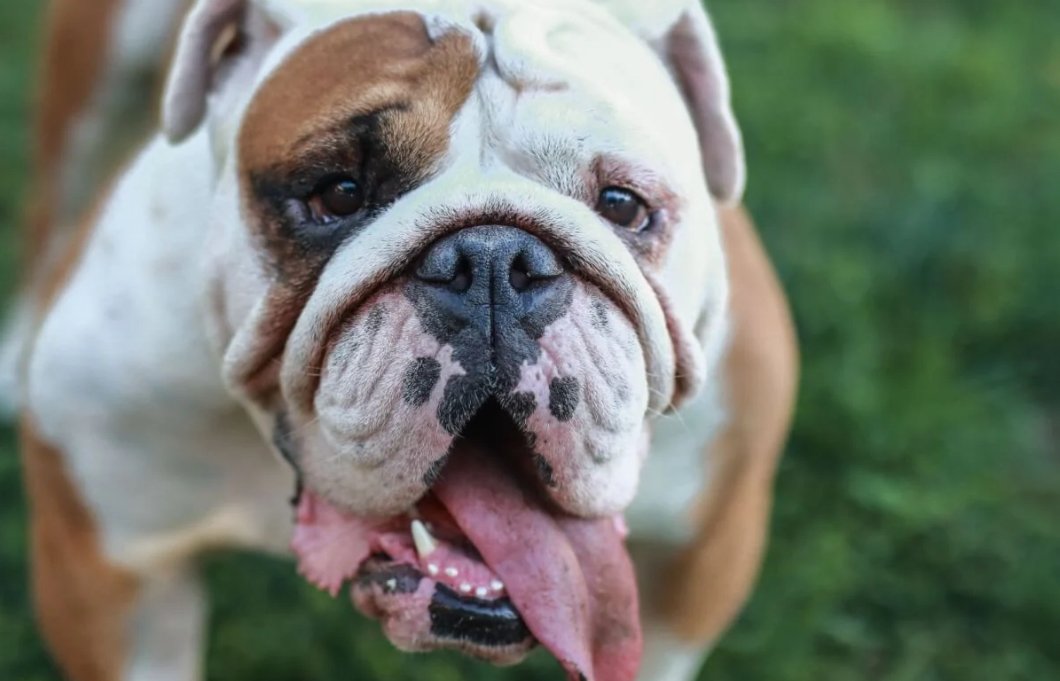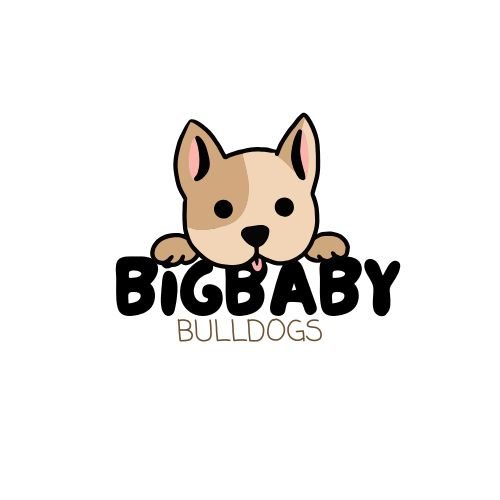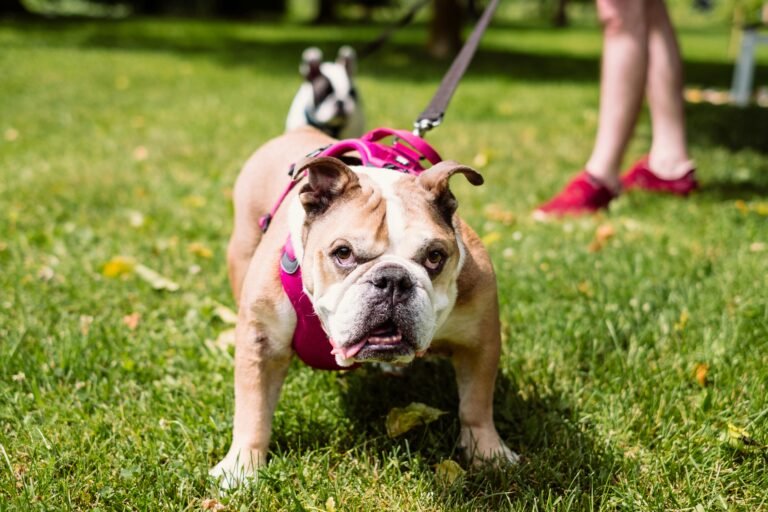
The English Bulldog, with its iconic wrinkled face and stocky build, is one of the most recognizable dog breeds today. But did you know this lovable companion has a gritty past? Let’s take a journey through the history of the English Bulldog and discover how it transformed from a fierce competitor to a cherished family pet.
Origins in Medieval England
The English Bulldog’s story begins in the 13th century, rooted in the brutal sport of bull-baiting. This popular pastime involved dogs attacking tethered bulls, and Bulldogs were bred for their strength, tenacity, and low center of gravity, perfect for gripping and holding onto a bull. Their short snouts and powerful jaws allowed them to latch on and not let go, while their wrinkled skin provided some protection against injury. The name “Bulldog” itself reflects this bull-baiting heritage.
Bull-baiting was more than entertainment—it was a cultural staple in England, with events drawing crowds until the practice was banned in 1835 under the Cruelty to Animals Act. This turning point left the Bulldog without a job, and the breed faced a
crossroads.
Reinvention in the Victorian Era
With bull-baiting outlawed, Bulldog enthusiasts began reimagining the breed. Breeders selectively bred for milder temperaments, transforming the Bulldog into a gentler companion. The breed’s distinctive look—short legs, broad head, and wrinkled face—became more pronounced, appealing to Victorian sensibilities. Dog shows gained popularity, and the Bulldog emerged as a symbol of British tenacity and charm.
By the late 19th century, the English Bulldog was no longer a fighter but a status symbol. It became the mascot for institutions like Yale University and the British Royal Navy, embodying resilience and loyalty. The breed’s popularity spread to the United States, where it remains a beloved icon.
The Modern English Bulldog
Today’s English Bulldog is a far cry from its bull-baiting ancestors. Known for its calm, affectionate nature, the Bulldog thrives as a family pet, content to lounge on the couch or waddle through a short walk. However, its unique physiology—brachycephalic (short-nosed) structure, heavy build, and wrinkled skin—requires special care, from wrinkle cleaning to temperature regulation.
The breed’s journey hasn’t been without challenges. Overbreeding and unethical practices have led to health concerns like respiratory issues and joint problems. Responsible breeders and rescue organizations are working to preserve the Bulldog’s legacy by prioritizing health and temperament.
Why the Bulldog Endures
The English Bulldog’s history is a testament to its adaptability. From the rough arenas of medieval England to the cozy living rooms of today, this breed has won hearts with its quirky personality and unmistakable look. Whether you’re drawn to their stubborn streak or their snuggly side, Bulldogs remind us that even the toughest beginnings can lead to a legacy of love.
crossroads.




